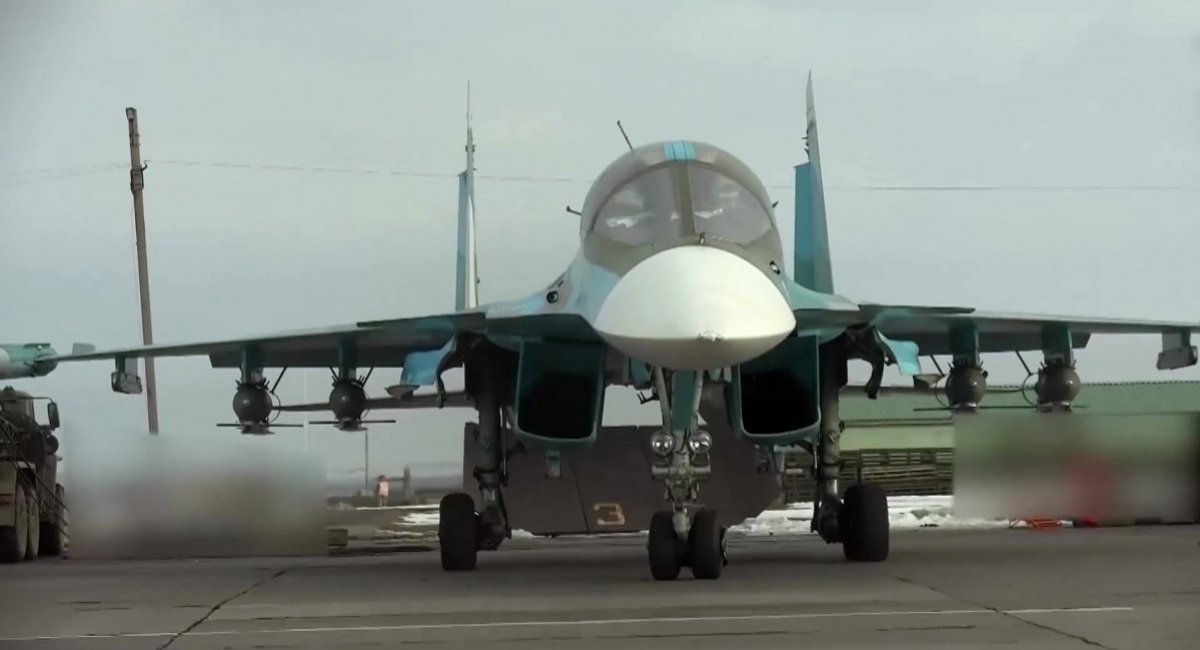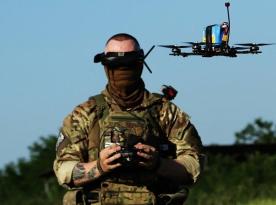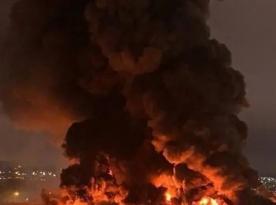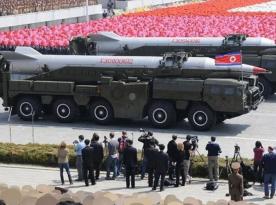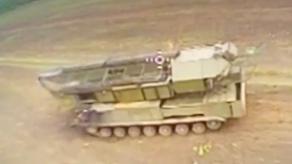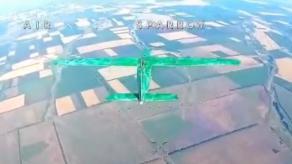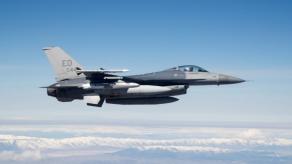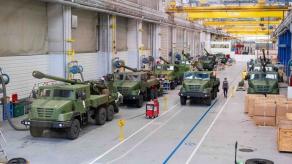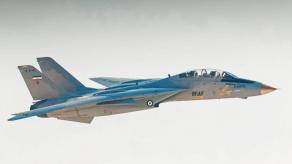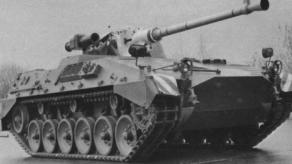The reputable British analytical institution, the Royal United Services Institute (RUSI), has released a new report on the current situation at the frontlines of the russian-Ukrainian war. The authors of the report gathered their material between November 2024 and 2025, directly communicating with Ukrainian troops from mobile fire groups, as well as airborne assault, ranger, mechanized, and artillery brigades operating in the eastern and Sumy directions.
One key takeaway from this report is that by 2025, russia plans to produce as many as 75,000 guided aerial bombs equipped with UMPK kits. However, this is just the "tip of the iceberg" when it comes to the technical challenges Ukrainian forces face on the battlefield.
Read more: russian Molniya-2 Kamikaze Drones Now Equipped With Thermobaric Warheads
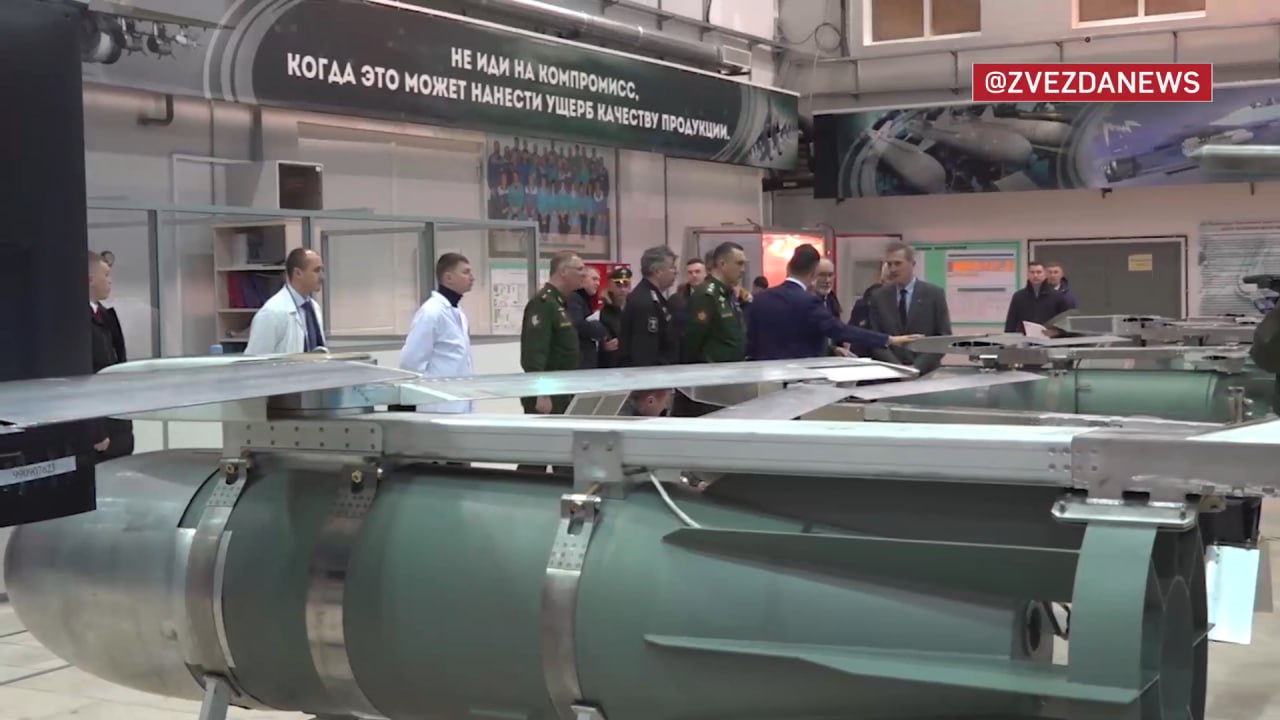
The full text of the report is available at this link, but here are the key points. First, the already mentioned figure (based on RUSI's material) indicates that in 2025, russia aims to increase its production of guided aerial bombs by 50%. The planned production volume for 2024 was 50,000 units.
The 50% increase in guided aerial bomb (KAB) production, in turn, means a higher potential level of pressure on the positions of Ukrainian defenders at the frontline. This is happening while continuous enemy fire prevents the construction of extensive fortifications any closer than 7 kilometers from the front line.
Enemy FPV drones also pose such a serious threat to Ukrainian forces that tanks and armored vehicles must now be kept no closer than 3 kilometers from the front.
It is currently believed that drones have made the battlefield entirely transparent to aerial reconnaissance. However, it is important to clarify that UAVs typically provide reconnaissance coverage at depths ranging from 3 to 15 kilometers from the front line, with rare cases reaching up to 40 kilometers.
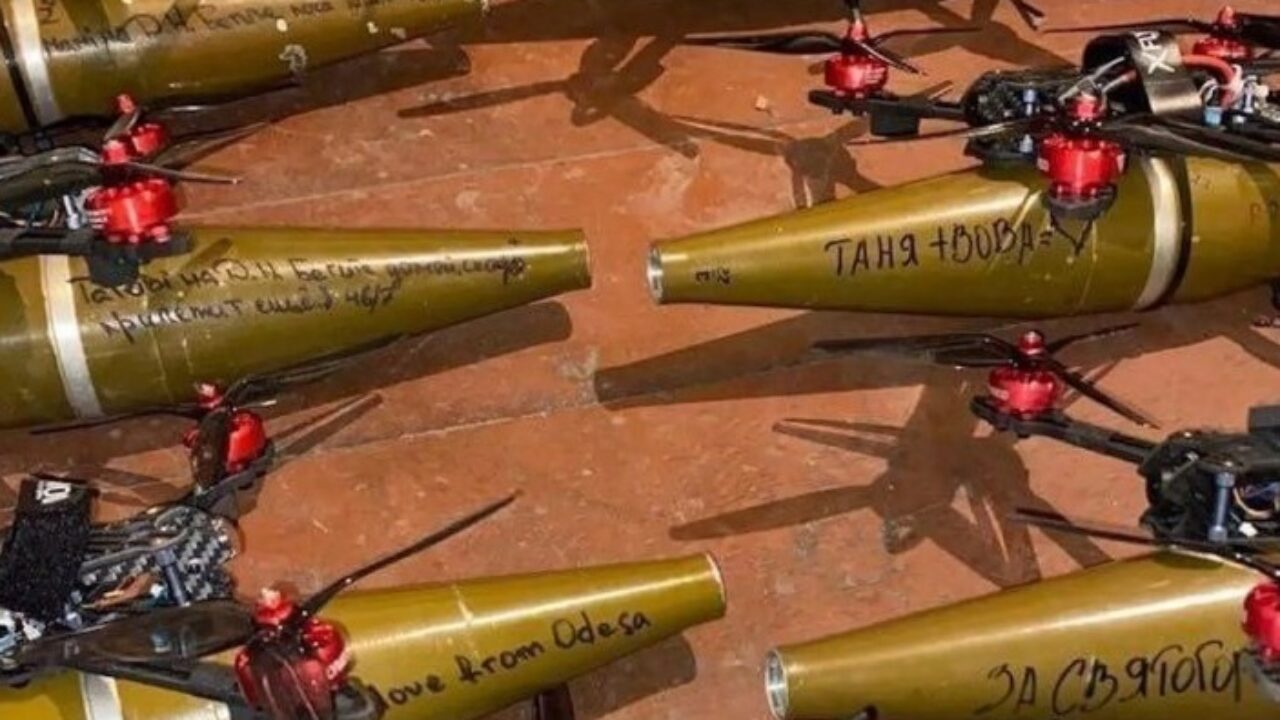
At the same time, it should be emphasized that the accuracy and timeliness of drone-based reconnaissance depend not only on the technical capabilities of these UAVs but, more importantly, on the competence of field commanders. Their decision-making, including authorizing reconnaissance flights, plays a crucial role in operational effectiveness.
Another striking paradox is that, under favorable conditions, guided 155mm shells can be a more effective means of destroying enemy armored vehicles than drones. The report mentions an episode in which Ukrainian artillerymen destroyed three enemy tanks in just two minutes of combat, using only five BONUS shells.
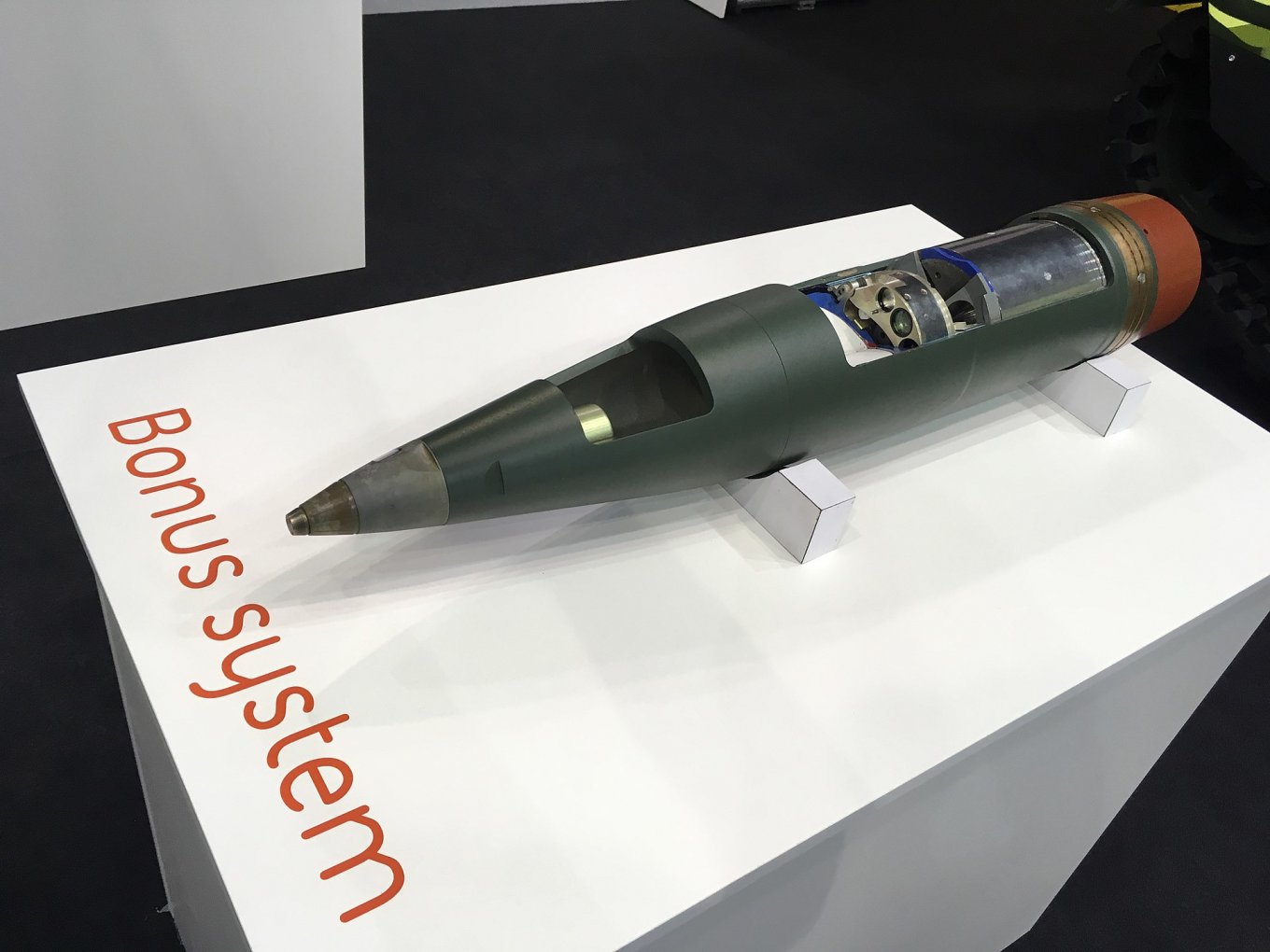
However, such opportunities are, to put it mildly, rare. As a result, drones consistently account for at least 70% of destroyed enemy targets, even though 60–80% of UAVs may fail during their missions without successfully hitting anything.
It is also noted that a single unmanned systems battalion is currently responsible for a frontline sector between 40 and 70 kilometers wide. This can be compared to a detail from one phase of the fighting when a Ukrainian brigade had only four operational 155mm howitzers to cover a 15-kilometer stretch of the front. Additionally, some brigades in the Ukrainian Armed Forces may have not a battalion but only a company of tanks.
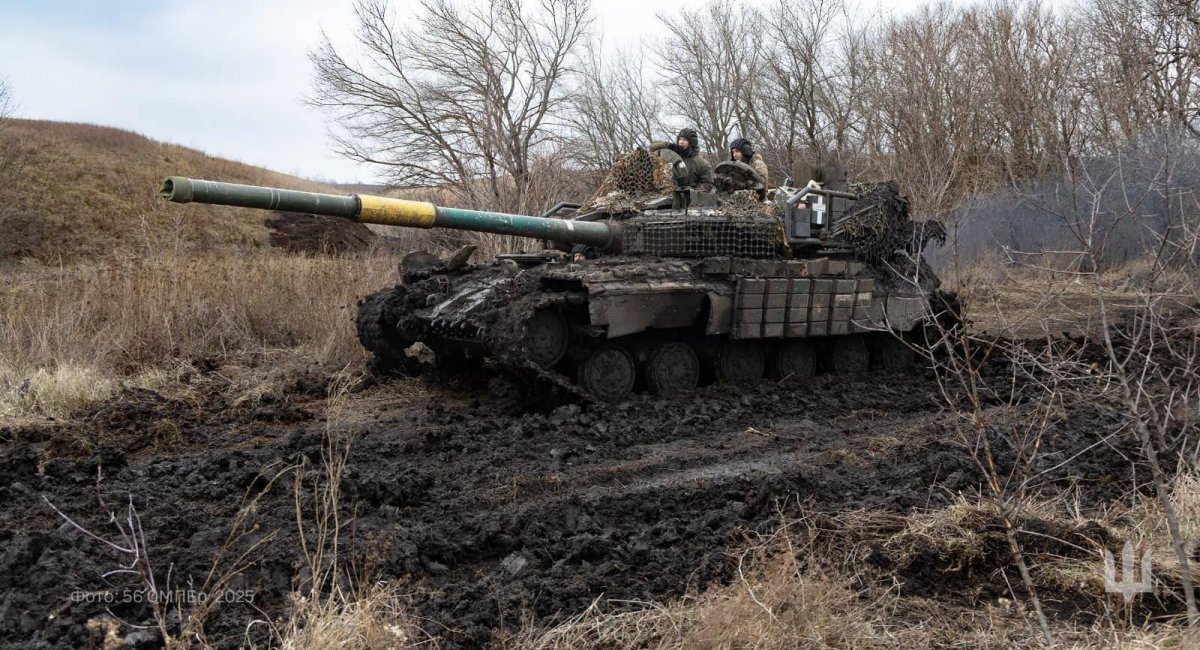
The report also highlights key details regarding artillery. For instance, both Ukrainian and enemy forces now predominantly deploy artillery in stationary positions within fortified shelters, with separate ammunition storage, to complicate counter-battery warfare.
The dominance of drones on the battlefield has complicated logistics, including the delivery of ammunition. Since ammunition is now transported not based on immediate need but according to "windows of opportunity" on frontline roads, this can lead to situational shortages of shells at positions.
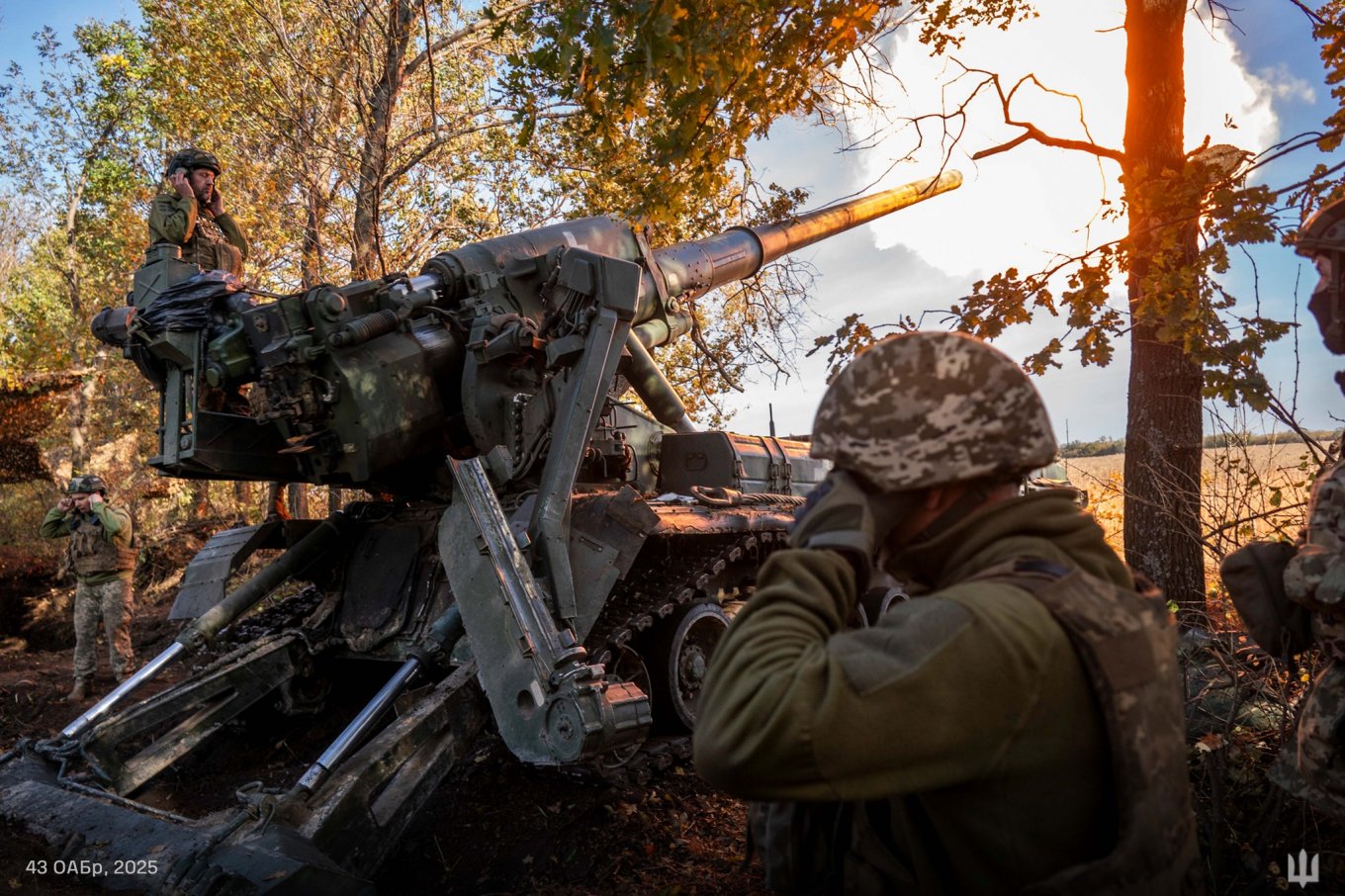
Additionally, it is noted that there are frequent cases where shells are available in sufficient quantity, but the lack of propellant charges prevents firing. Moreover, the wide variety of available shells and corresponding propellant charges complicates the necessary calculations within the Kropyva system.
A particularly critical issue at this stage of the war is protecting artillery systems from drone strikes. Any damage requires premature barrel replacement, and barrels are currently a scarce resource.
Read more: russia’s Battlefield Losses: IISS Report Unveils Staggering Figures




